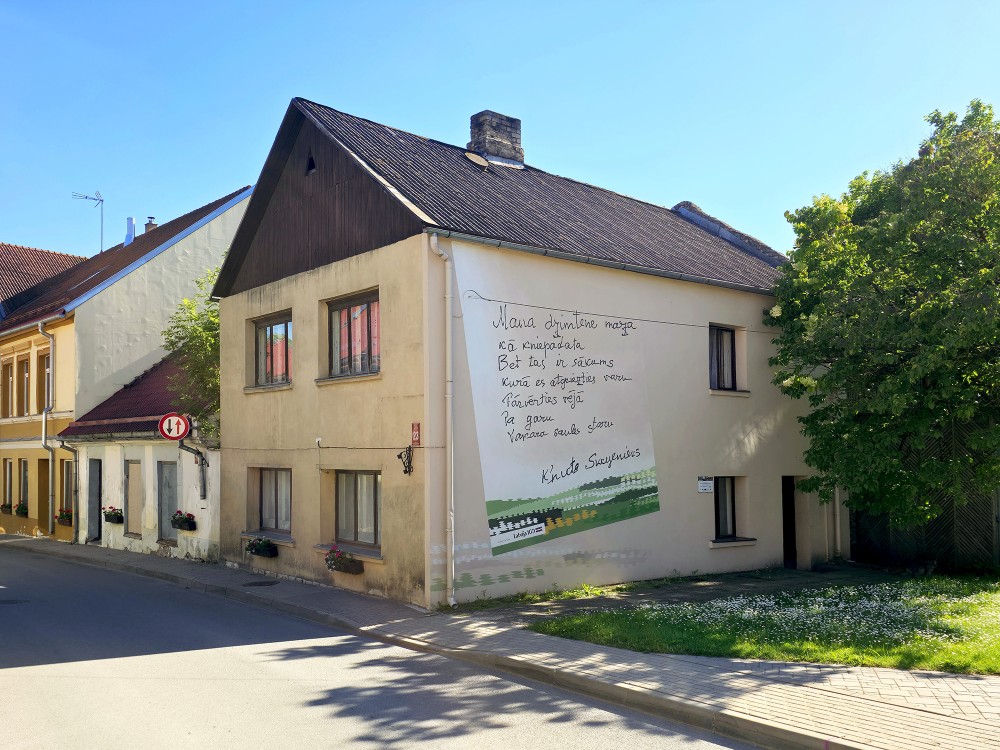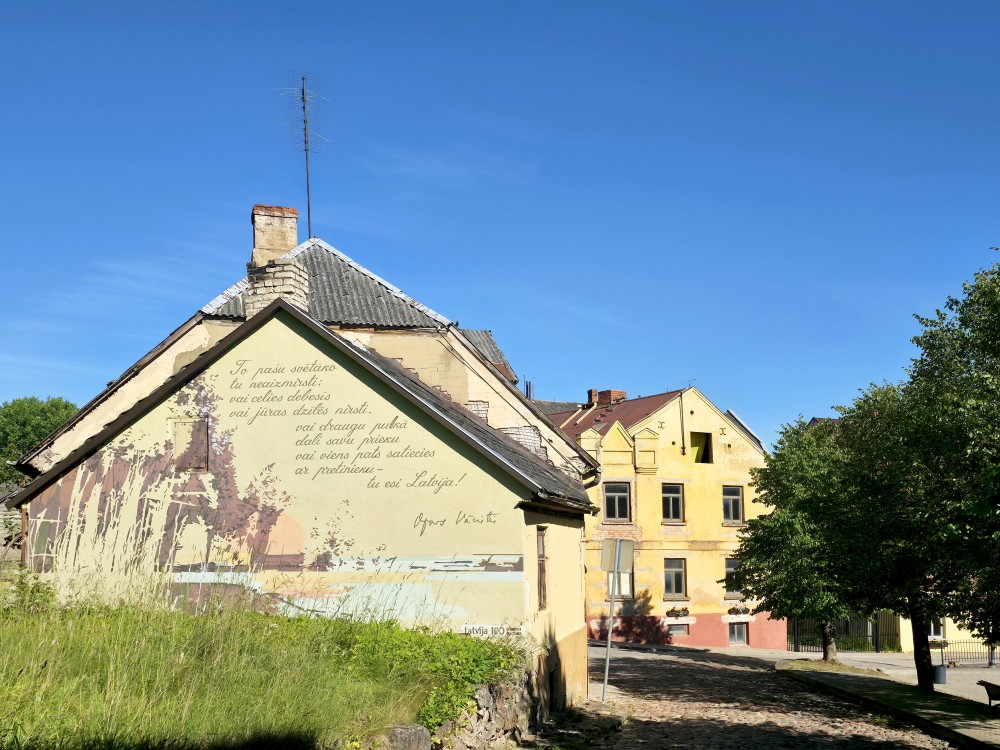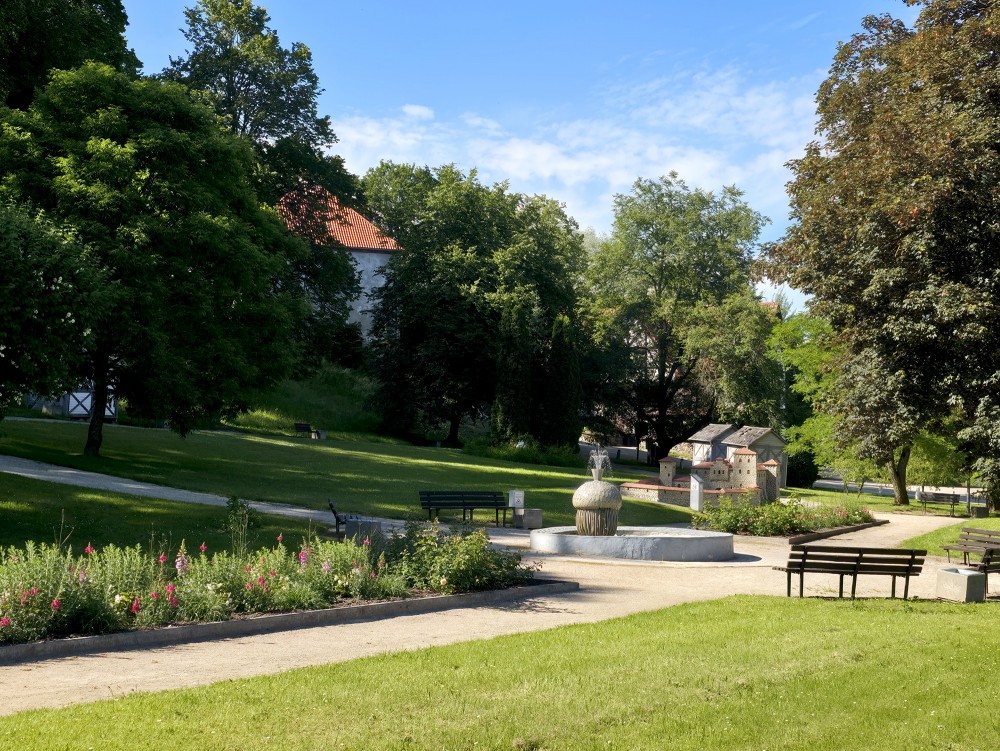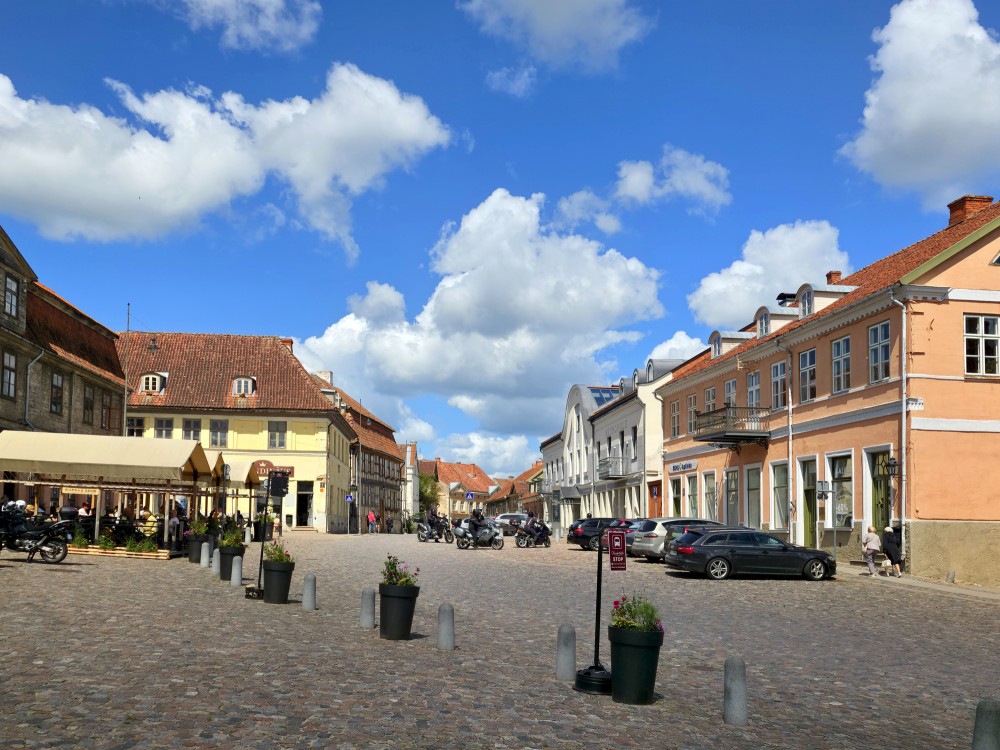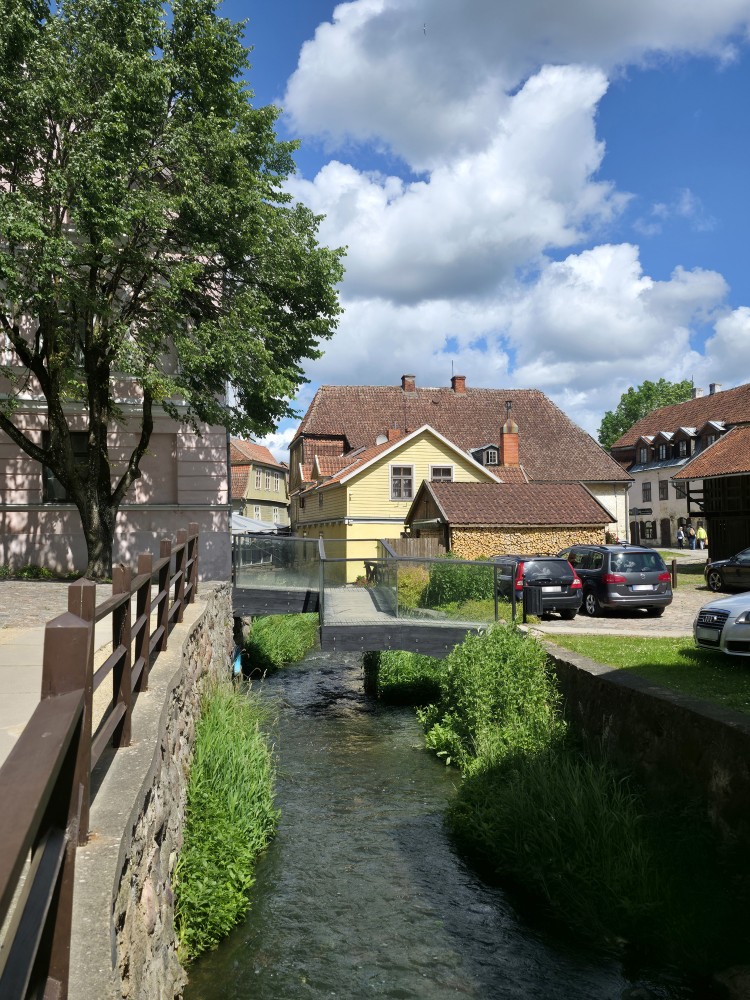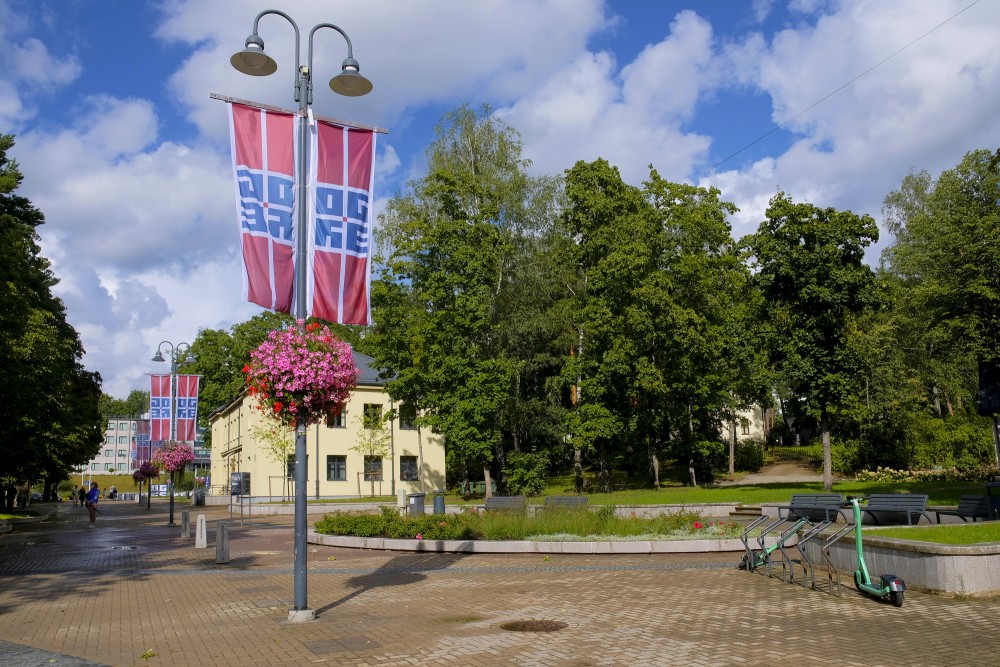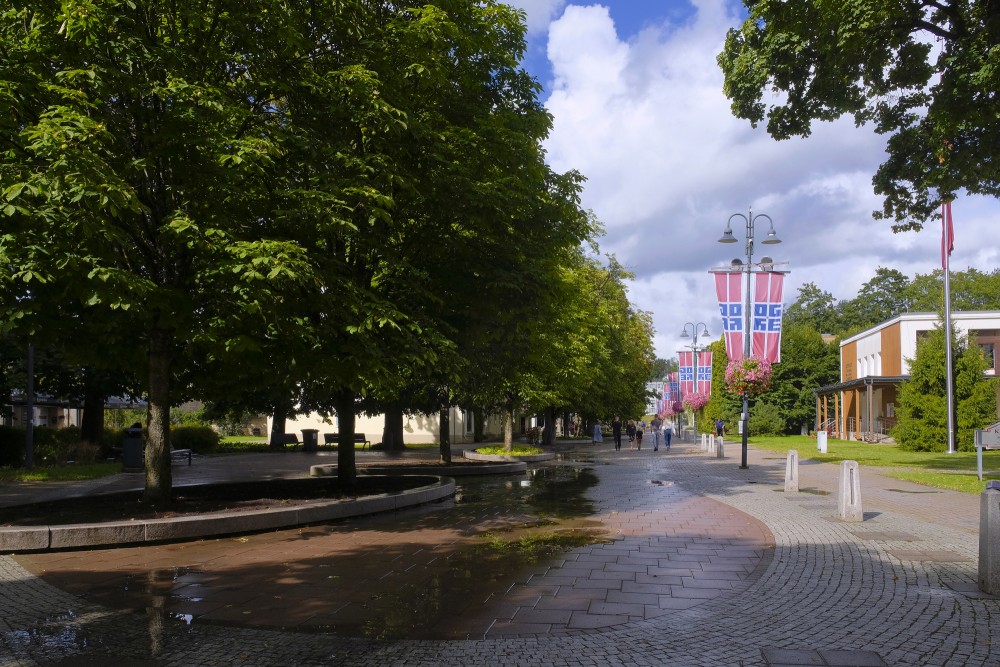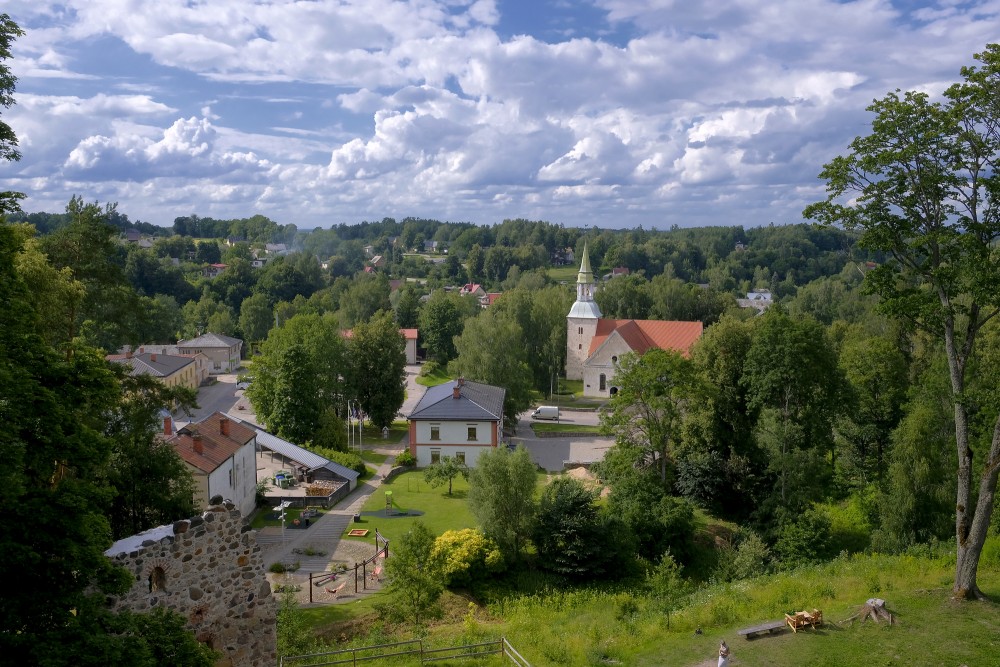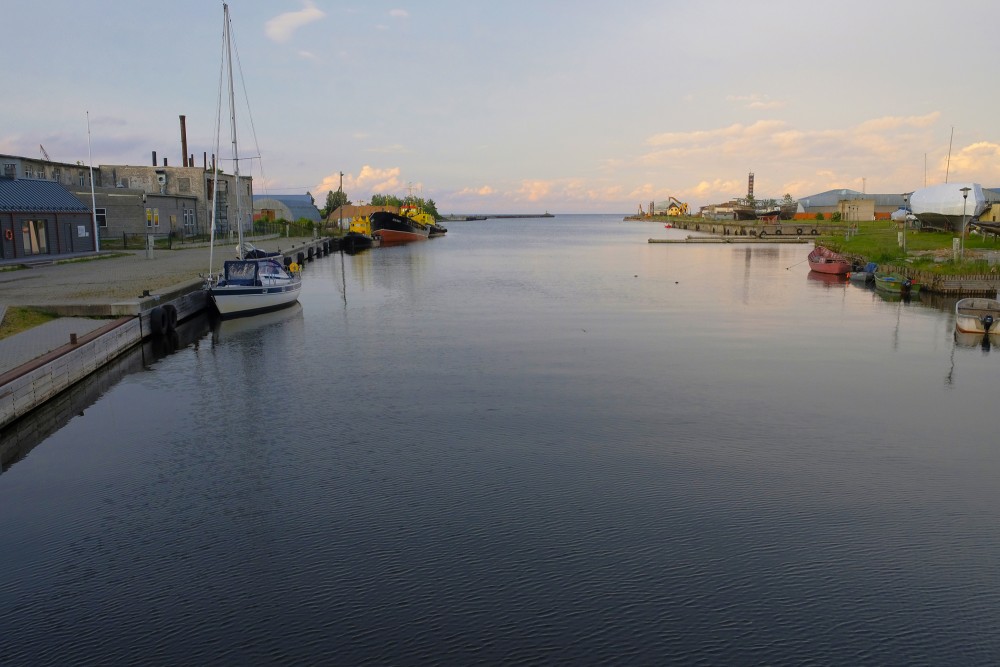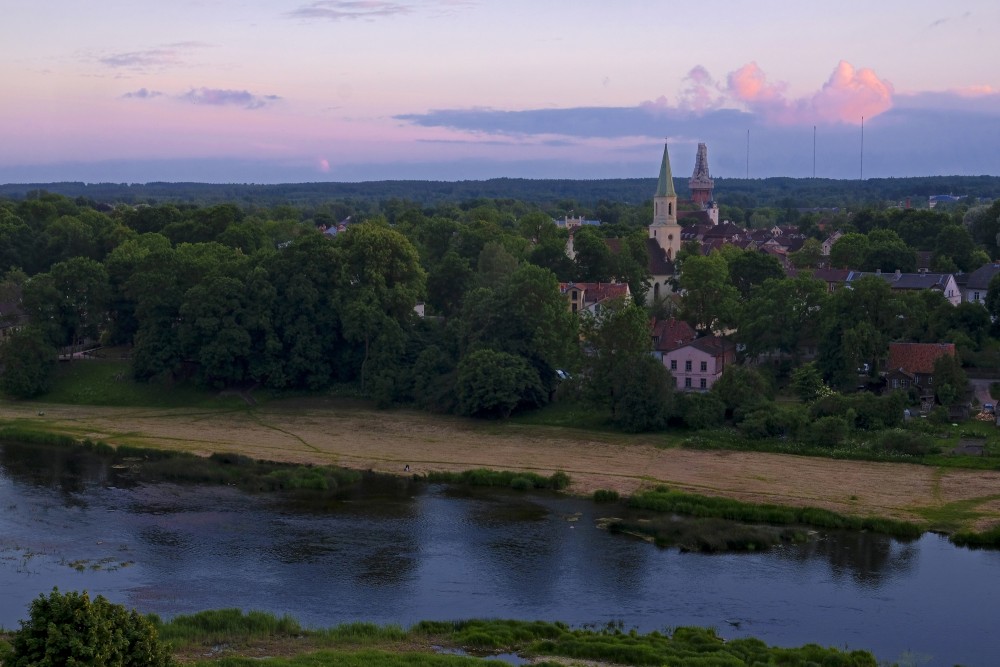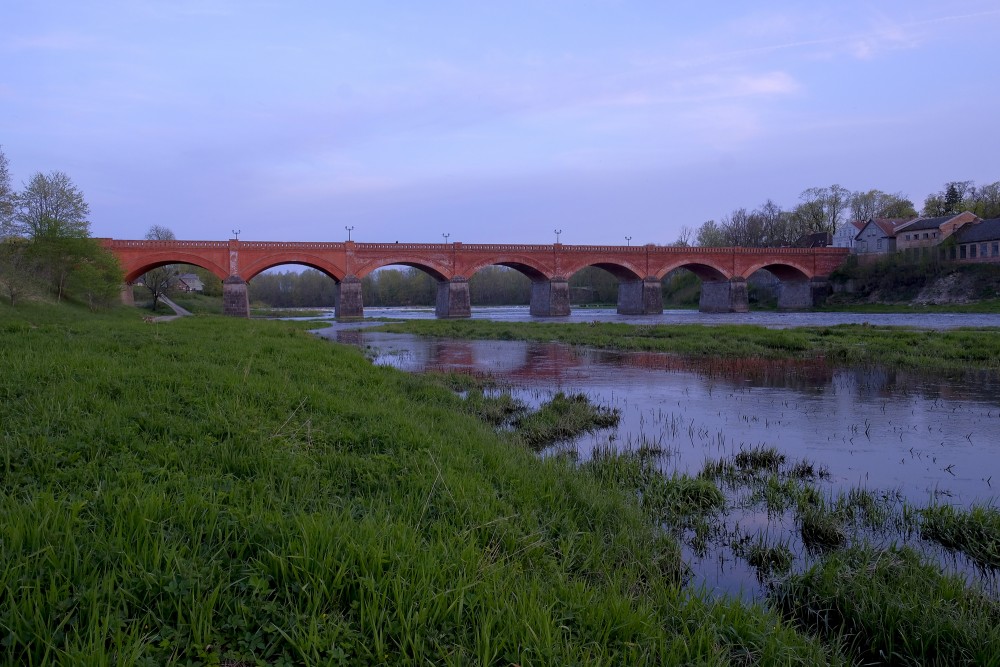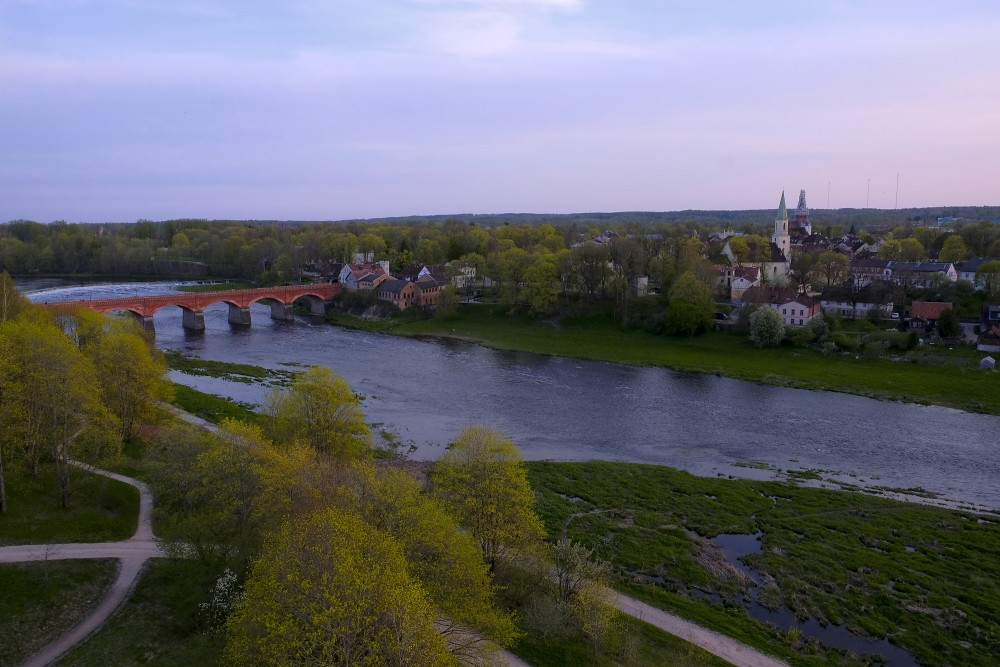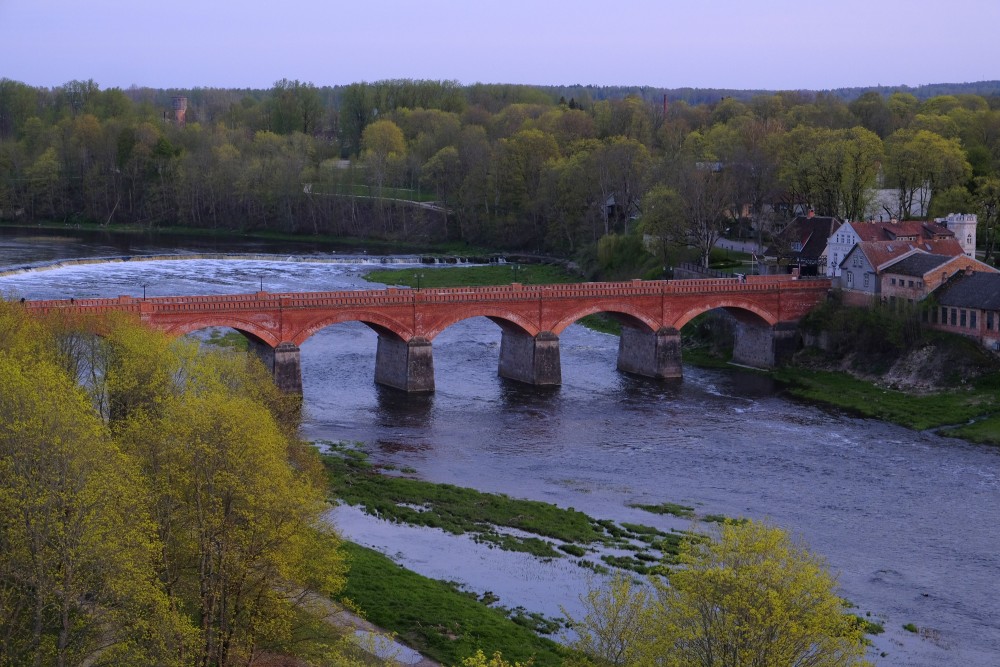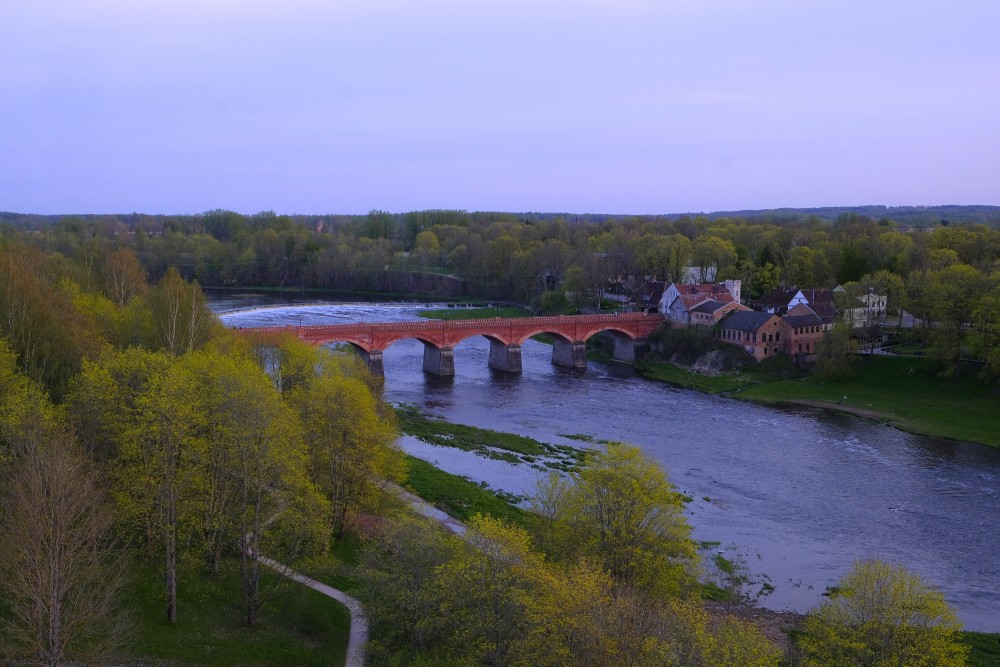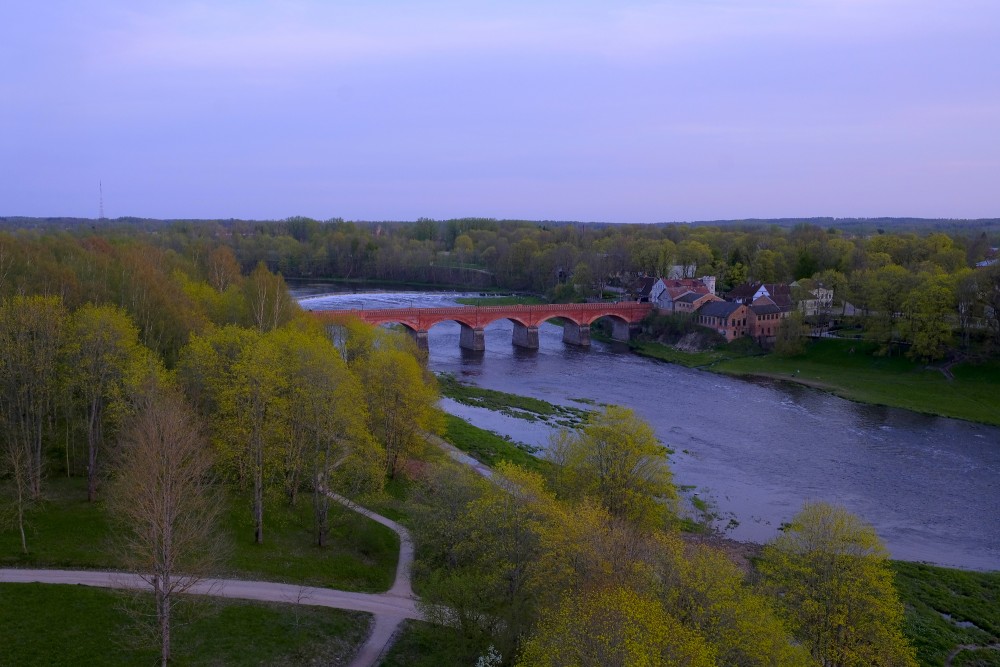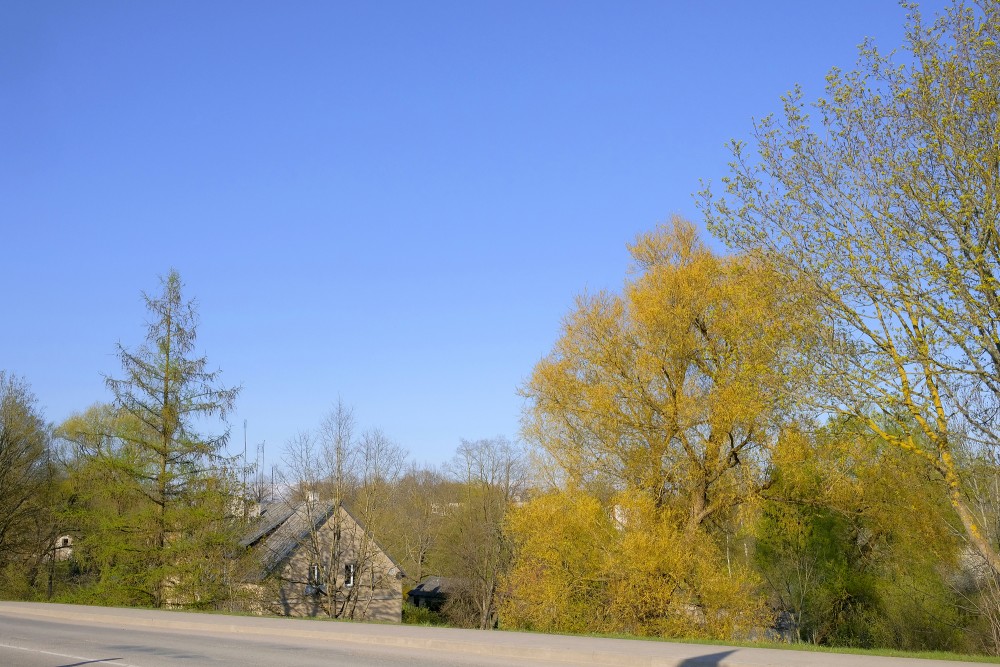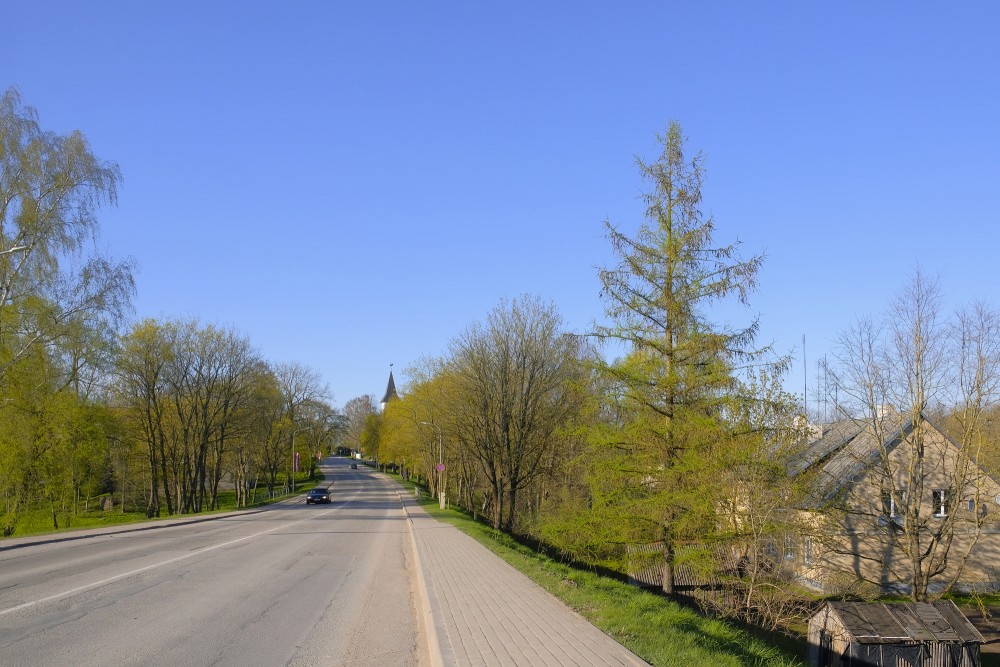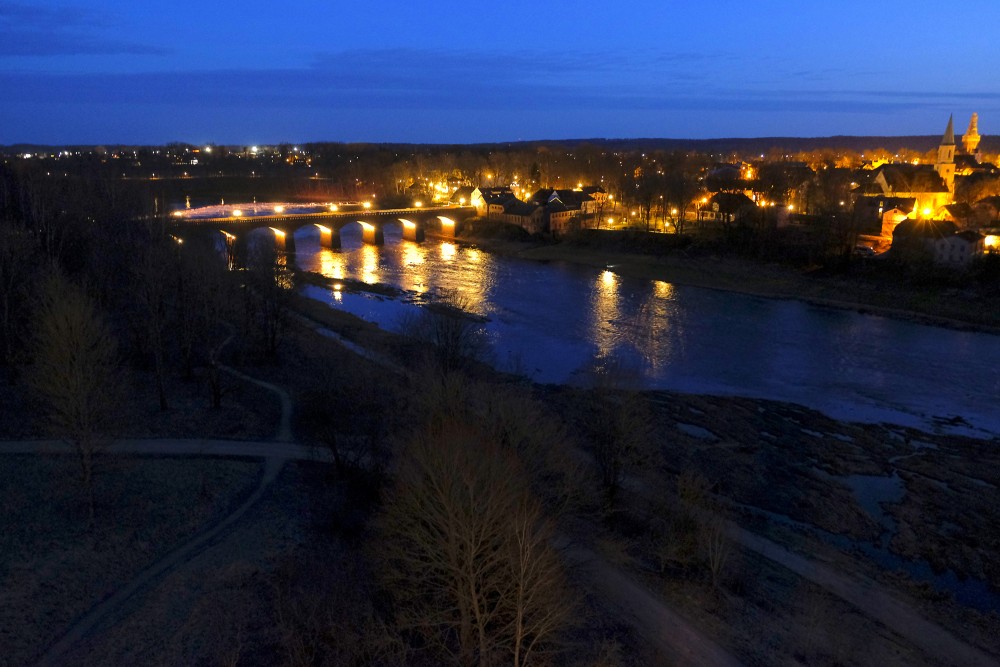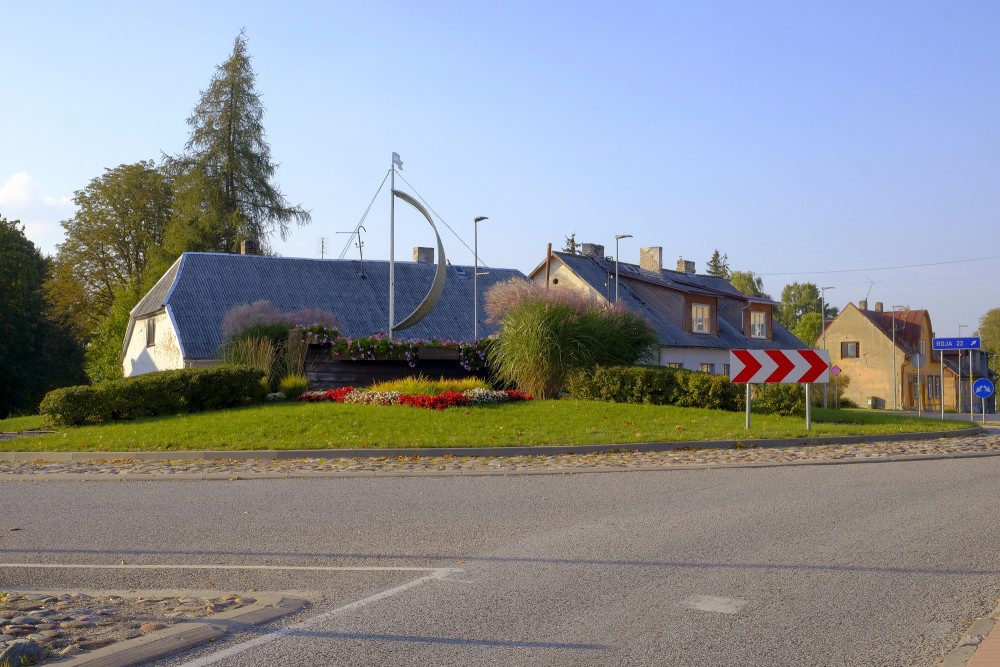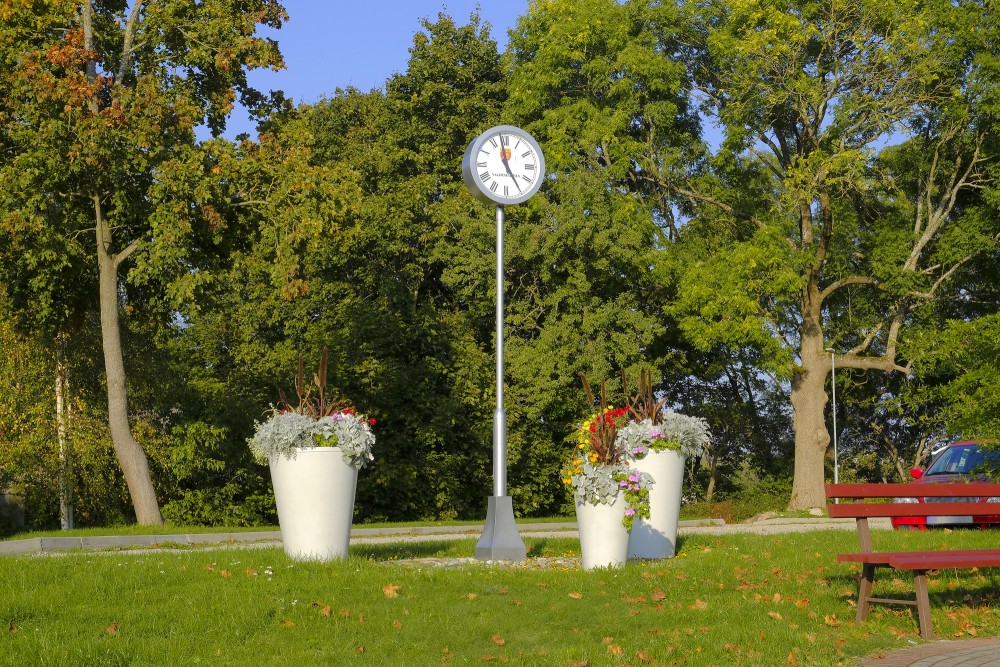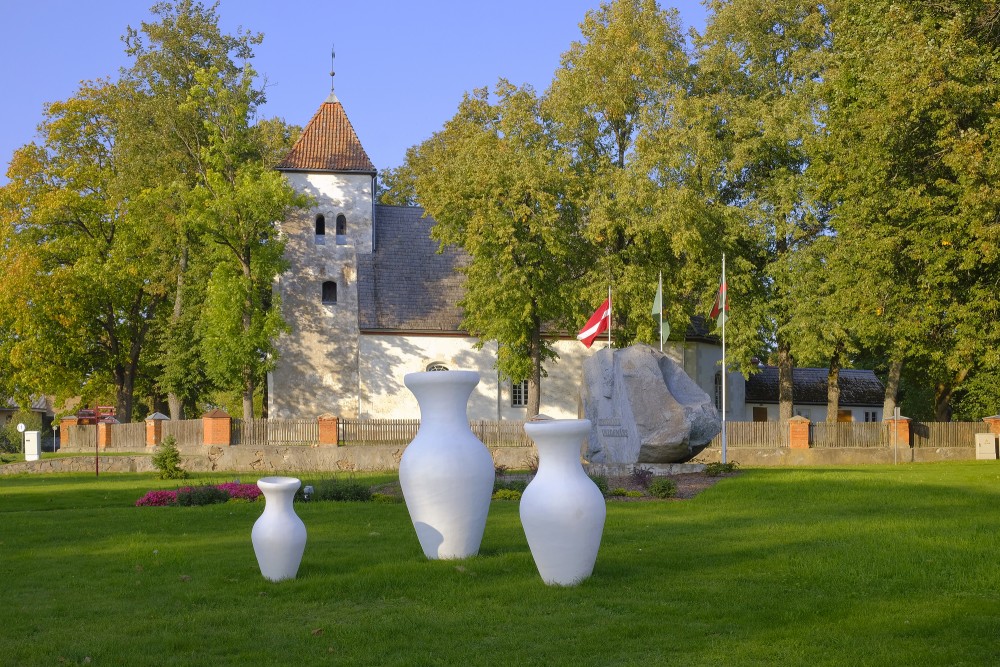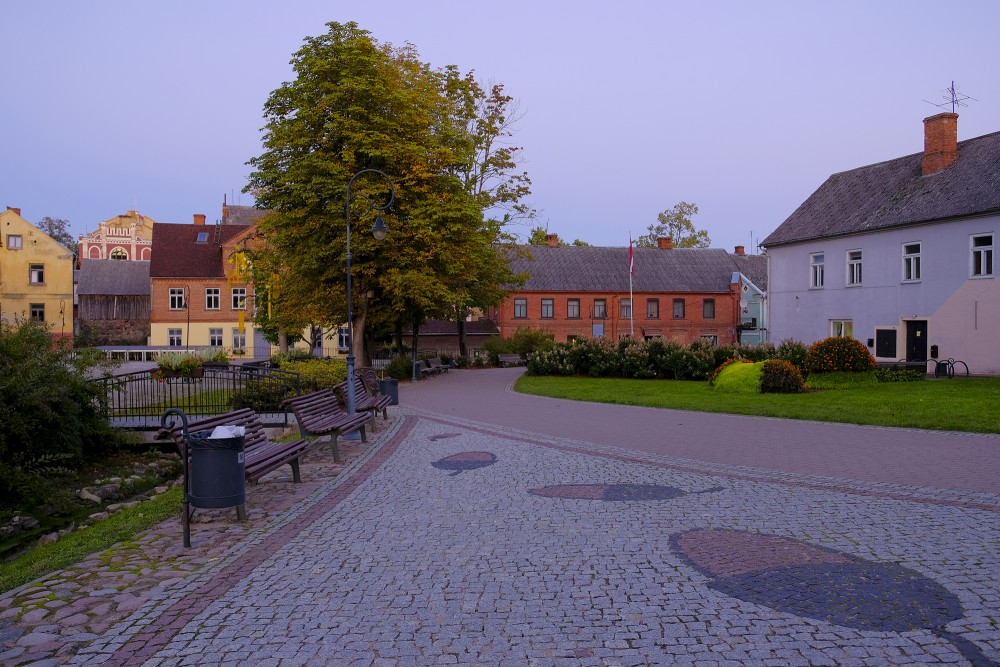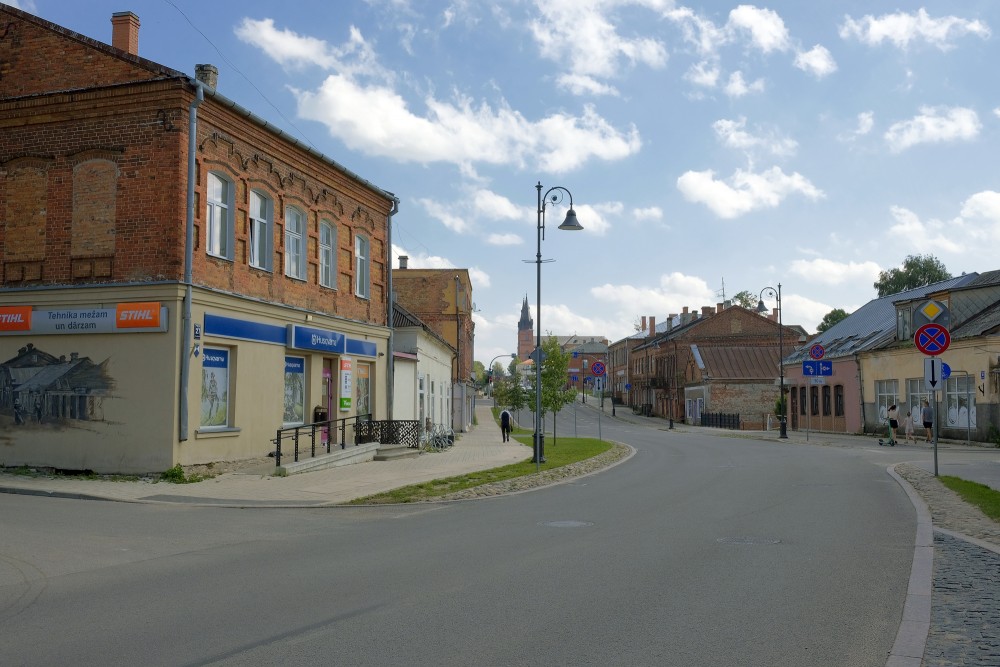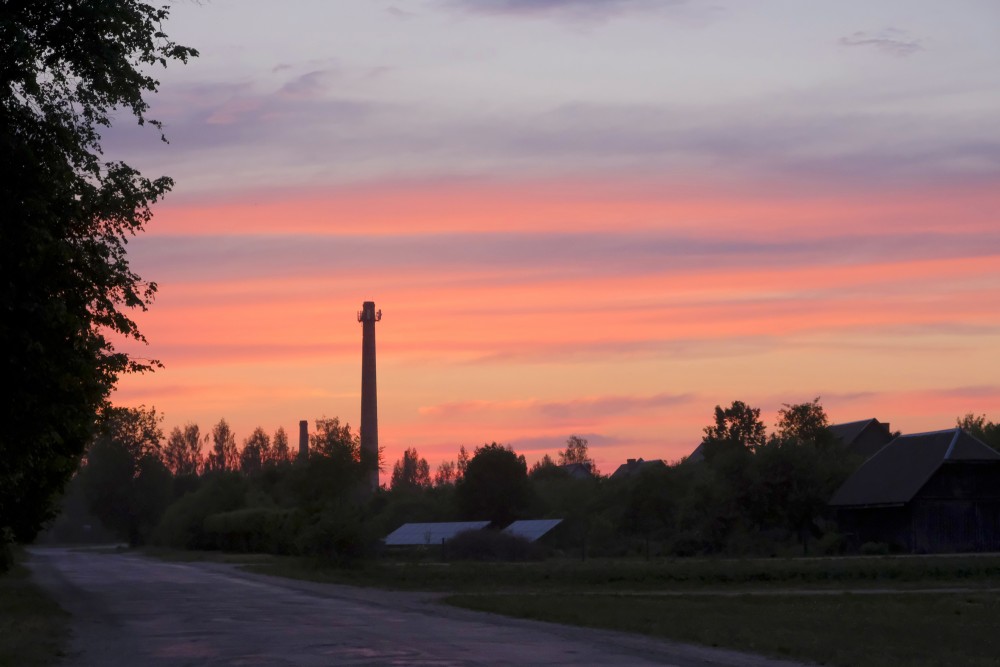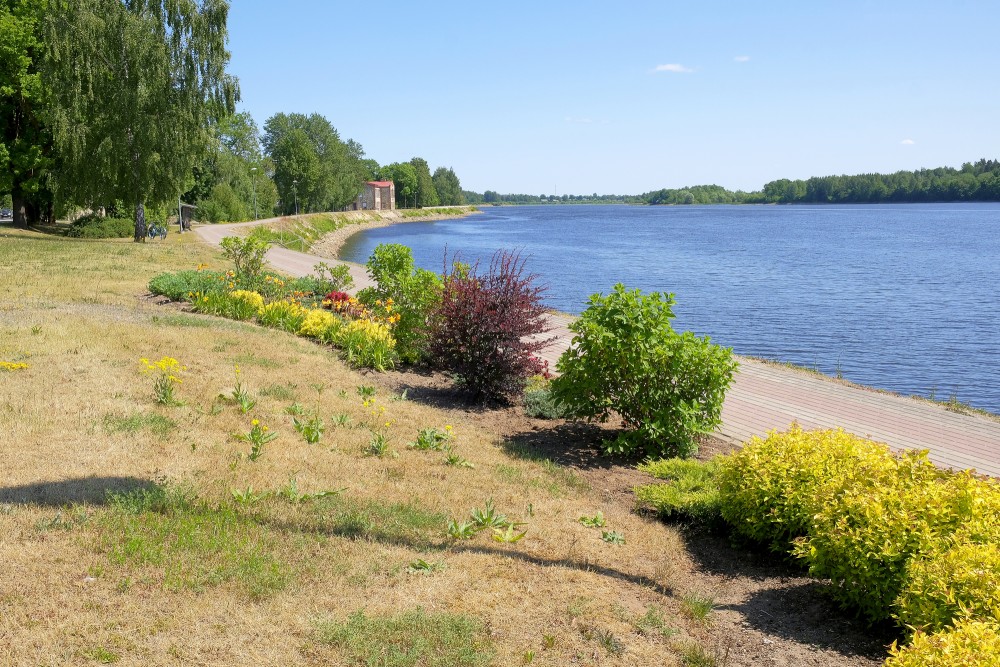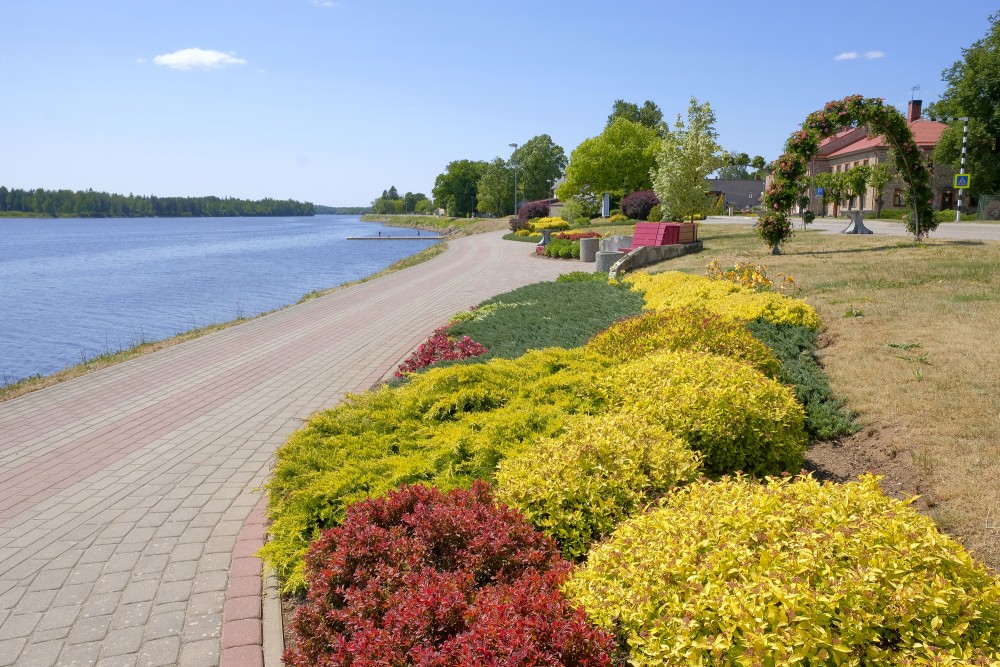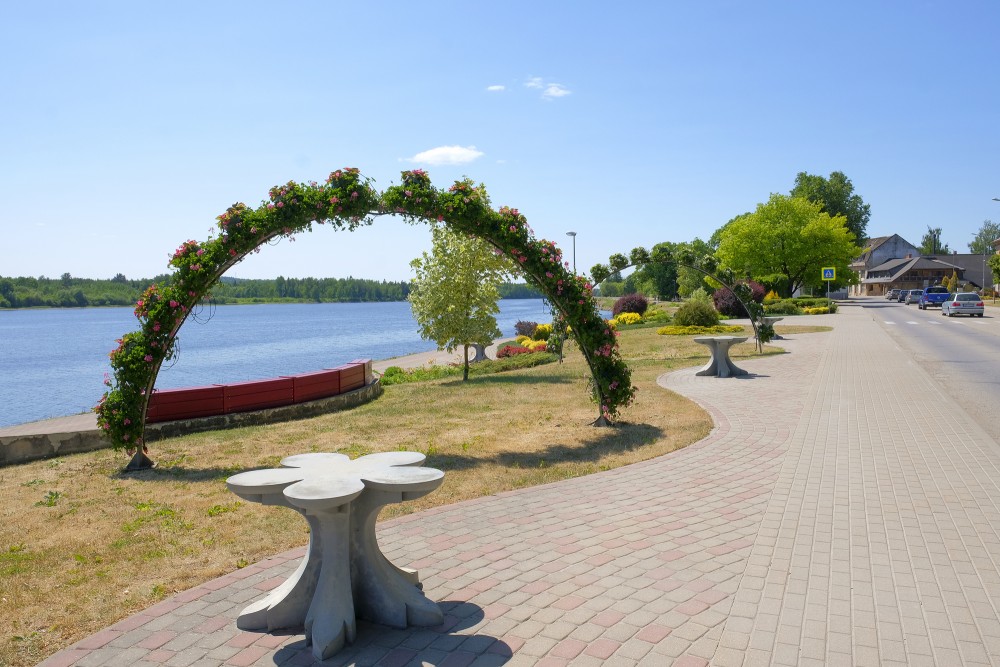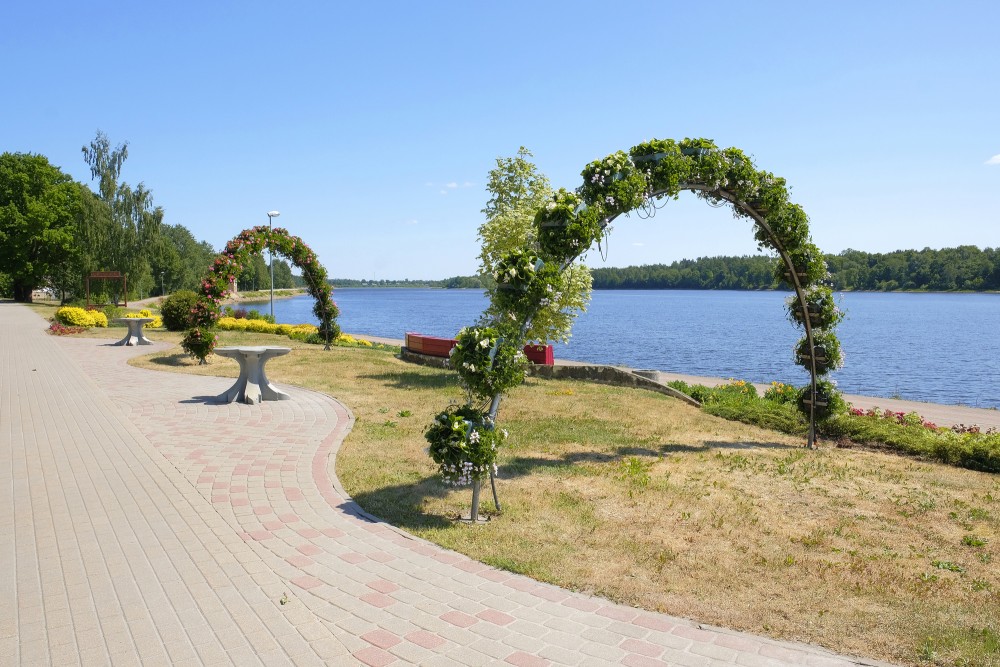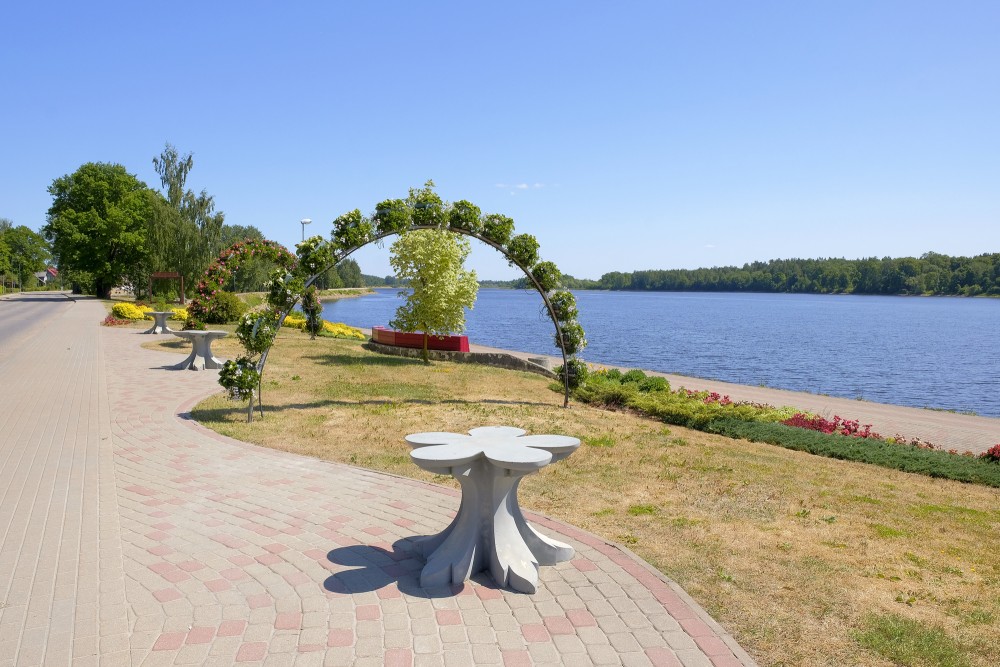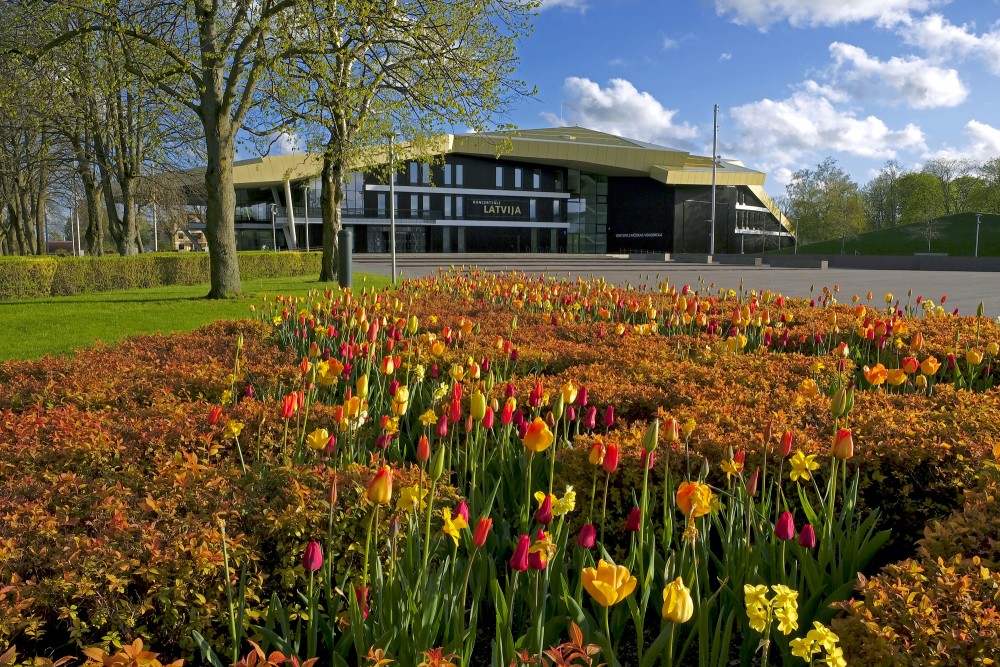City landscape
A landscape is the visible features of an area of land, its landforms, and how they integrate with natural or man-made features. A landscape includes the physical elements of geophysically defined landforms such as (ice-capped) mountains, hills, water bodies such as rivers, lakes, ponds and the sea, living elements of land cover including indigenous vegetation, human elements including different forms of land use, buildings, and structures, and transitory elements such as lighting and weather conditions. Combining both their physical origins and the cultural overlay of human presence, often created over millennia, landscapes reflect a living synthesis of people and place that is vital to local and national identity.
Landscape architecture
Landscape architecture is a multi-disciplinary field, incorporating aspects of botany, horticulture, the fine arts, architecture, industrial design, geology and the earth sciences, environmental psychology, geography, and ecology. The activities of a landscape architect can range from the creation of public parks and parkways to site planning for campuses and corporate office parks, from the design of residential estates to the design of civil infrastructure and the management of large wilderness areas or reclamation of degraded landscapes such as mines or landfills. Landscape architects work on all types of structures and external space – large or small, urban, suburban and rural, and with "hard" (built) and "soft" (planted) materials, while paying attention to ecological sustainability.
For the period before 1800, the history of landscape gardening (later called landscape architecture) is largely that of master planning and garden design for manor houses, palaces and royal properties, religious complexes, and centers of government. An example is the extensive work by André Le Nôtre at Vaux-le-Vicomte and at the Palace of Versailles for King Louis XIV of France. The first person to write of making a landscape was Joseph Addison in 1712. The term landscape architecture was invented by Gilbert Laing Meason in 1828 and was first used as a professional title by Frederick Law Olmsted in 1863. During the latter 19th century, the term landscape architect became used by professional people who designed landscapes. Frederick Law Olmsted used the term 'landscape architecture' as a profession for the first time when designing Central Park, New York City, US. Here the combination of traditional landscape gardening and the emerging field of city planning gave landscape architecture its unique focus. This use of the term landscape architect became established after Frederick Law Olmsted, Jr. and others founded the American Society of Landscape Architects (ASLA) in 1899.
en.wikipedia.org
